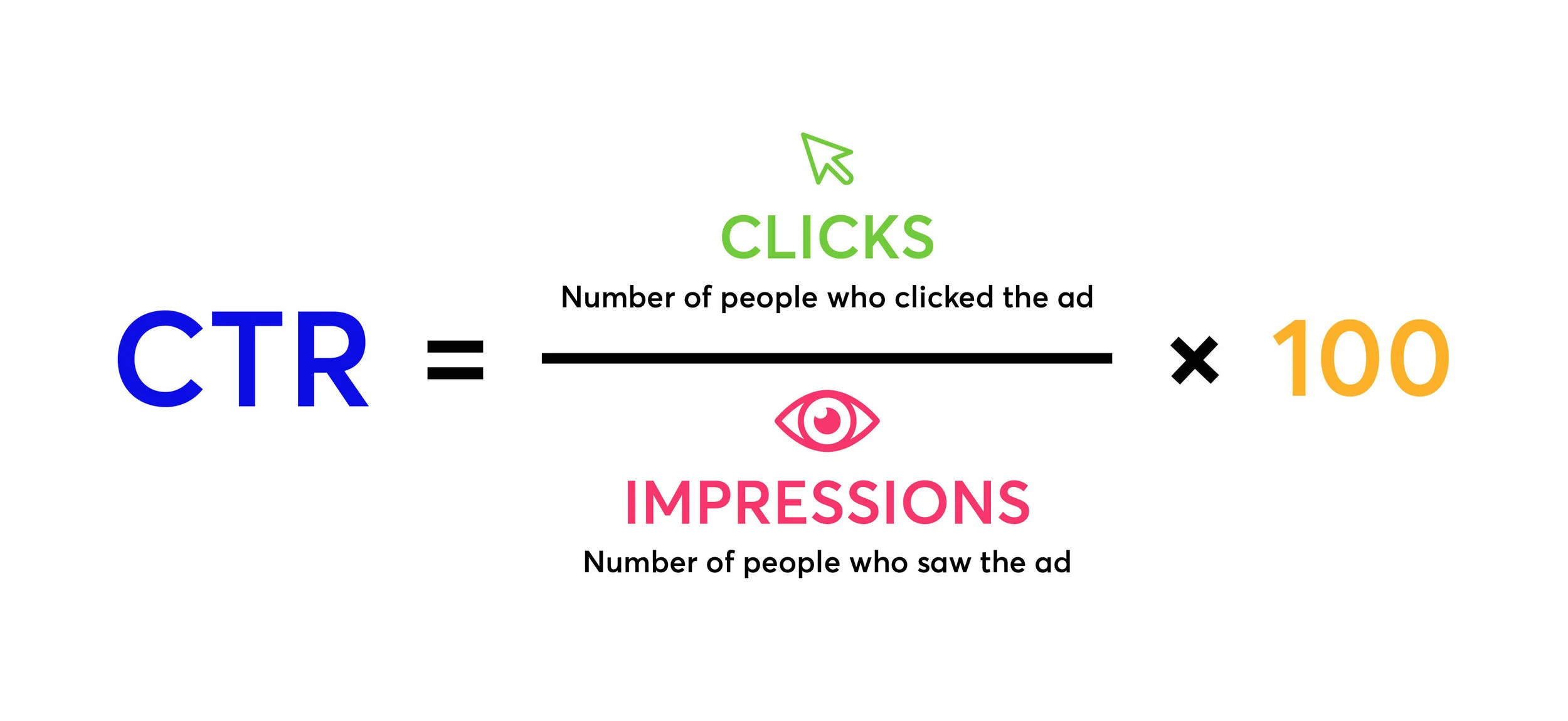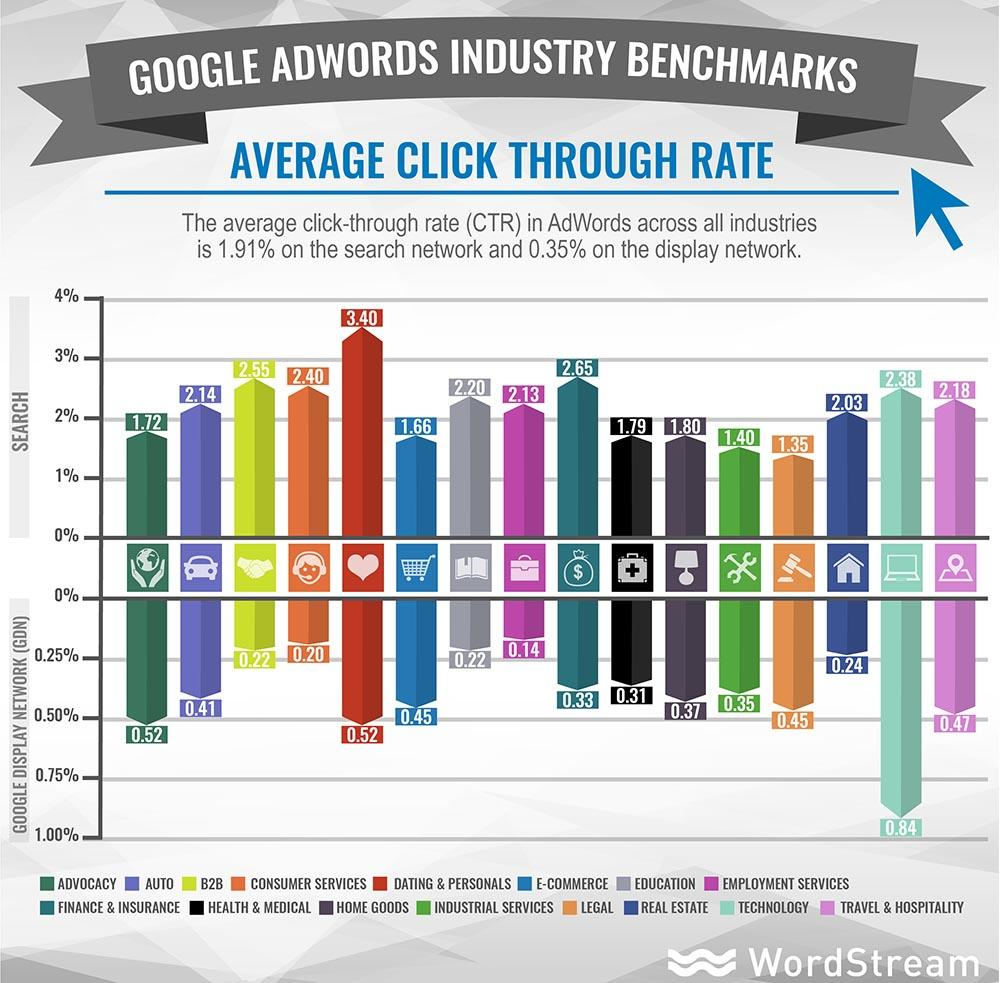Click-Through Rate (CTR) 101
It’s time to play “name that advertising acronym!” The alphabet trio we’re spotlighting today is CTR. (Never to be confused with CPR!) Digital marketers everywhere should be very well acquainted with this acronym as it appears in almost all campaign effectiveness discourse. However, regardless of its prevalence in online advertising, it’s worth stepping back and reviewing what it is and what it means for performance.
Also known as click-through rate, (CTR) is a ratio that measures the number of times an ad was clicked per number of times it was served across sites, apps, search results, and more. This metric can be used to measure the success of pay-per-click (PPC) search results, CTAs on a landing page, or hyperlinks in blog posts and email campaigns. If you’re running advertising online, you’ve likely run into this, and thankfully it’s one of the more straightforward formulas in our world. Simply divide the number of clicks by the number of impressions, and—boom—you have your CTR.
Here’s a simple formula to calculate it:
CTR = (click-throughs / impressions) x 100
For example, an ad served 100 times and clicked by 12 users gives us 12/100, which we simplify to 12% or .12 to get our click-through rate.
Why CTR is Important
Understanding click-through rates is vital; it helps you understand your customers. It doesn’t just tell you if there are eyes on the ad or not; it tracks the consumer's action. More or less, it can provide a rough idea of how attention-grabbing your ads are and whether you’re connecting with your target audience.
While a low CTR may not always be a bad thing (more on that later), it does suggest that you’re not reaching the right audience and (or) you’re not using the proper messaging.
While it may not be a comprehensive metric when analyzing ad performance, it is instrumental when making decisions about future messaging, campaign themes, and refining or optimizing existing ads. However, CTR does have limitations. It cannot tell you about user intent when they engage with your advertisement.
Let’s take a closer look at what click-through rates can help you understand in your online advertising campaign.
Getting to Know Your Audience
Perhaps most importantly, CTR indicates your ad's relevance to your target audience. While it may not give us a perfect picture, it can be used as a gauge of success and also, over time, what your audience is or isn’t responding to.
Improving Ad Copy
The CTR of an online advertisement can help you understand what messaging is resonating the most with your audience. A low CTR can mean that either your targeting or messaging is off. In the case of mismatched messaging, be sure to experiment with ad copy and CTAs.
High-Quality Score Savings
If you’re running pay-per-click ads, search engine advertisers such as Google and Bing will reward you with cost-effective clicks when your CTR is high. An added bonus for a high CTR? Your ad’s quality score will improve! The more clicks, the more relevant, which means your ad will be served up more and cost less per click.
What To Look For
What’s a Good CTR vs. a Bad One?
While calculating click-through rate may be easy, figuring out what is “good” can be a bit trickier. It varies depending on the industry, and when it comes to pay-per-click (PPC), it can vary depending on the keywords you’re bidding on.
If you’re feeling a bit lost, many platforms and agencies provide CTR benchmarks that give you an idea of what you’re aiming for with your ads. Understanding existing industry benchmarks and averages will help you know when a CTR may be ‘good’ or ‘bad.’
Although, it can be a safe bet to assume that the higher the CTR, the better your campaign resonates with your audience. If you find yourself with what can be considered a “bad” click-through rate, addressing the problem via an A/B test can prove enlightening. Advertisers A/B test messaging and imagery and use the resulting CTR rates to optimize their creative.
Ultimately, your digital marketing campaign should intrigue users to click and learn more, or better yet, buy the product on the spot. If that isn’t happening, it’s probably time to refine.
Does a High CTR Always Mean Success?
Not always. You’re throwing out a ‘wider net,’ so to speak, and in doing so, not targeting precisely - it all depends on the objective of your marketing efforts. For example, PPC ads focusing on branded keywords are more likely to have a high CTR than non-branded keywords with a broad match.
However, there is a time to be concerned about a high CTR. You have a problem if you have a high click-through rate paired with low conversion rates.
This often indicates a disparity between what your ad promises and how your site answers it. It could be technical: a broken link, a missing web page. Or it could be a user-journey problem: users land on your site and then drop off. If you tout a race car in an ad and offer up a speed boat on the designated landing page, you’ll see why your CTR is high, and your conversion is low.
Keeping an eye on conversions will help inform when a high click-through rate can be a good or bad thing. Beyond mismatched messaging from ad to landing page, make sure you’re targeting the correct percentage of people who are likely to engage with your brand as well.
Let’s Talk Clicks…
How Do I Increase My CTRs?
There are several different factors to consider when trying to increase CTR performance across various digital marketing channels.
Optimize the Ad Copy
Clear and concise copy is crucial to catching the attention of your target audience. An essential step to success is refining your PPC ad campaign copy. Use at least one or two (at most) focused keywords in your headline and copy and make sure to appeal to your audience’s needs and how to solve them.
Precision Targeting
You can have the best message out there, but impressions won't add up to clicks if it’s going to the wrong audience. It’s crucial to analyze your targeting criteria, like keywords, to ensure you’re reaching your target. Specificity helps, as do segmented campaigns.
Social Campaign? Try Hashtags
Hashtags are a great way to reach new audiences across social networks like Facebook, Instagram, Twitter, and LinkedIn. Using hashtags pertinent to your audience gives you a higher chance of driving awareness and interest in your brand. Check out what is trending or popular for your industry, and try working in a couple of relevant hashtags.
Drive Brand Awareness with Great Creative
A great ad is like a great meal—a mix of ingredients—copy, imagery, animation—expertly prepared to appeal to your target audience. Below are a few best practices from our Mobile Creative 101 guide to remember when your CTR performance is lacking.
Product Focus
Consider the product image (if applicable). An engaging shot of the product can garner attention from consumers. Make your product the star of the ad, so there’s no confusion about what you’re selling and what the user is buying.
Urgency
There’s nothing like “limited time” or “flash sale” to inspire faster action from users. A specific end date means your audience knows not to wait too long to act.
Creativity
Bold colors, inventive animation, unique formats, and gamified interactions capture user eyes and prompt engagement. Some of these decisions will have to account for both platform opportunities and limitations.
Strong Offer
Make your offer too good to ignore. Make sure the message around the offer is clear. Free trials, tremendous savings, limited-time promotions are all great ways to pull users in and prompt them to click.
Clear CTA
There we go with another acronym! The CTA is the Call to Action, and it’s a vital means of encouraging users to act on your message. It’s often a button or text followed by an arrow. It’s good to test CTAs to see what really works.
Is Click-Through Rate All That Matters?
That’s maybe a little strong, but the truth is they are crucial to your campaign’s success and a great way to track performance—and optimize it. Simply swapping out an image or a copy line in a digital ad can change CTR greatly and provide you with important insights on what resonates with your audience. Every click an ad earns is not just useful for your current campaign, but a great best-practice lesson for every initiative thereafter. If you’d like to dig even deeper into CTRs, our team is always here with the BAE (Best Advice Ever. Ok, that’s an acronym spin we made up.)
Suggested Articles
For more information regarding CTR and other KPIs, please reference the following:




